Flora
Let’s Talk Green: Types of Deficiencies in Plants
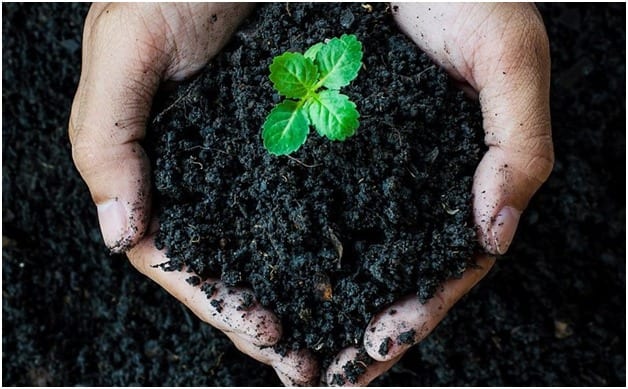
Plants can’t say through words about how they feel? Or what they need? However, these green living beings can express through their appearance about their needs. The abnormal yellowish color of leaves of plants often tries to tell us about their basic requirements for a healthy life. Let us take a look at the below symptoms or signs of deficiency to know what exactly the plant is craving.
Nitrogen Deficiency
Nitrogen is a vital nutrient for the creation of chlorophyll, which is the key ingredient of photosynthesis. Additionally, nitrogen is the main constituent of amino acids that forms proteins. Protein stimulates growth in plants and promotes fruit development.
Signs: Yellowish or pale green leaves and inhibited growth
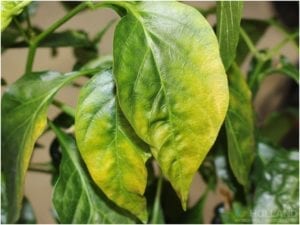
Solution: Adding coffee grounds directly to the soil or plant makes the rich in nitro nutrients. Another method is to plant a nitrogen-rich plant such as beans and peas near nitrogen-deficient plants.
Phosphorous Deficiency
Phosphorus (P) is a vital macronutrient for plant productivity. According to research results, Phosphorus deficiency limits the photosynthetic machinery and the electron transport chain. It reduces the orthophosphate concentration in the chloroplast stroma to levels that inhibit ATP synthase activity.
Signs: Darkening around edges of leaves, stunted growth and small or no flowers.
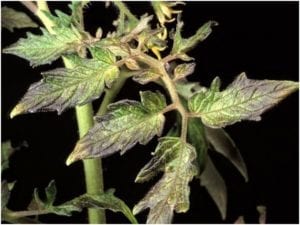
Solutions: Adding aquarium or fish tank water to soil however ensure the water doesn’t contain salt components. The fish water is also a great source of nitrogen.
Potassium Deficiency
Potash deficiency is common in sandy soils because potassium ions (K+) are extremely soluble and easily leach from soils without colloids. Potassium deficiency impacts protein synthesis in plants and maintains turgidity and flaccidity of guard cells that helps in opening and closing of stomata.
Signs: Leaves with brown spots and yellow or brown veins or yellow edges. This deficiency leads to disease and drought.
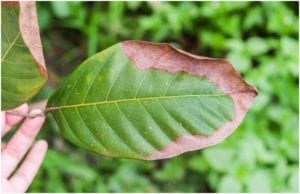
Solution: Bury peels of Banana an inch below the topsoil. Peels take some time to rot and will slowly help plants. Banana peels also deter aphids.
Magnesium Deficiency
Insufficient magnesium in plants degrades the chlorophyll in the old leaves, which causes interveinal chlorosis, which limits the photosynthesis process in plants and subsequently the plant growth is compromised.
Signs:
Yellowing of veins and edges of leaves. Sometimes it leads a marbled appearance.
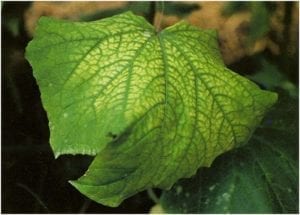
Solution:
Epsom salt works tremendously when directly added to the topsoil of the plant before watering it. It is significantly beneficial for peppers, tomatoes, and roses.
Calcium Deficiency
Inadequate Calcium in plant cells leads to tissue necrosis leading to stunted growth of plants. Lack of calcium also increases the plant’s vulnerability to root diseases such as Pythium.
Signs:
Yellow spots between the leaf veins, blossom end rots, stunted growth, weak or dying stems.
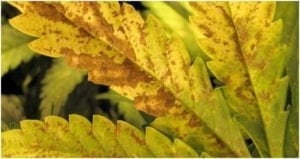
Solutions:
Crushed eggs shells are a great source of calcium when added to the soil. This method will slowly help your plants, so make sure you till the eggshells well into the soil to help the process along.





























